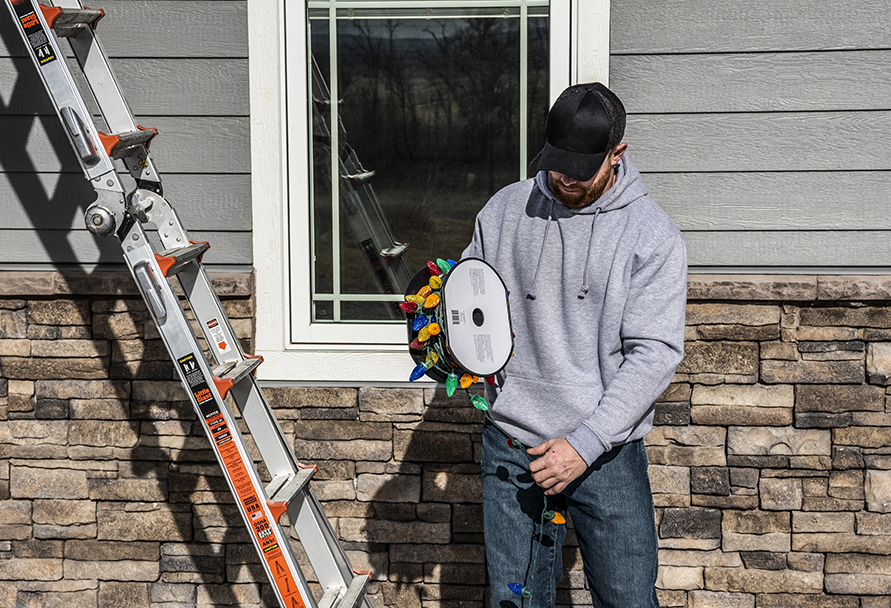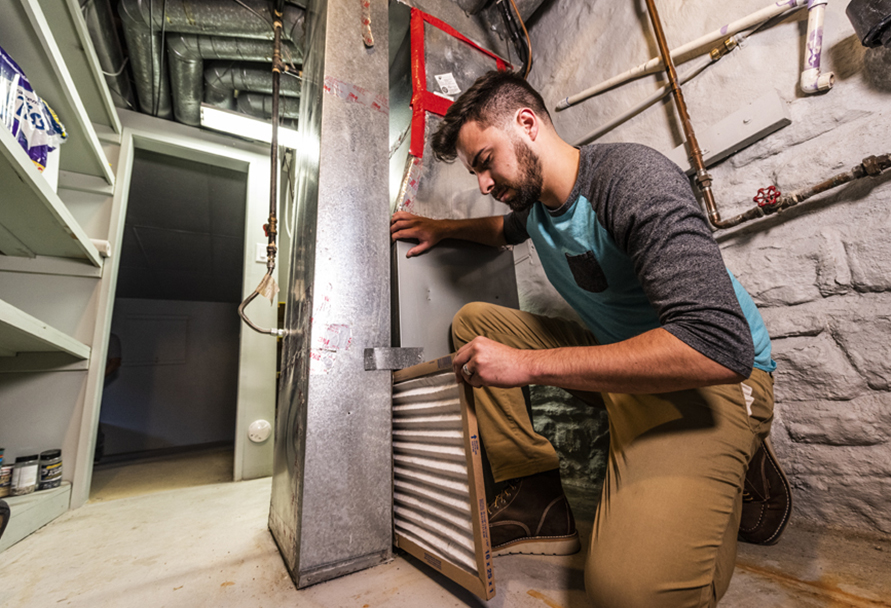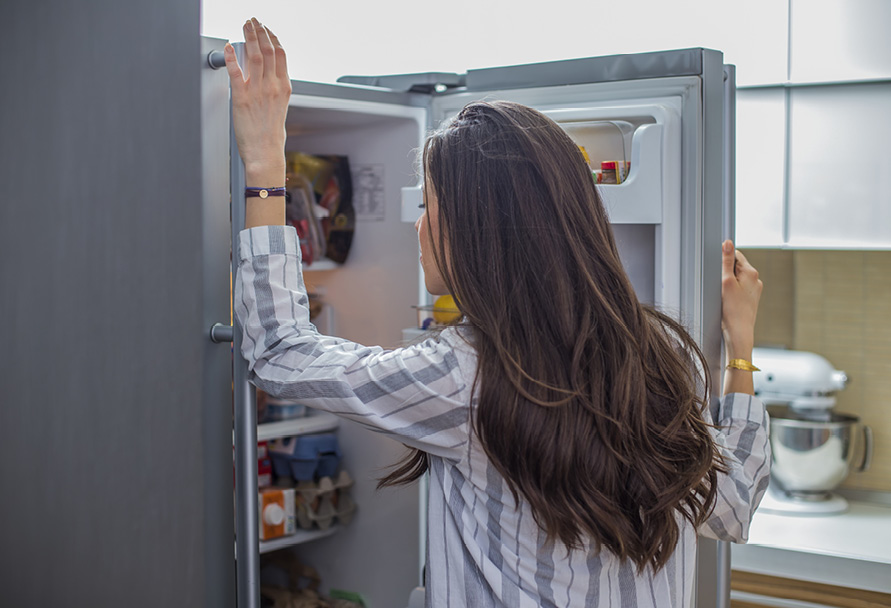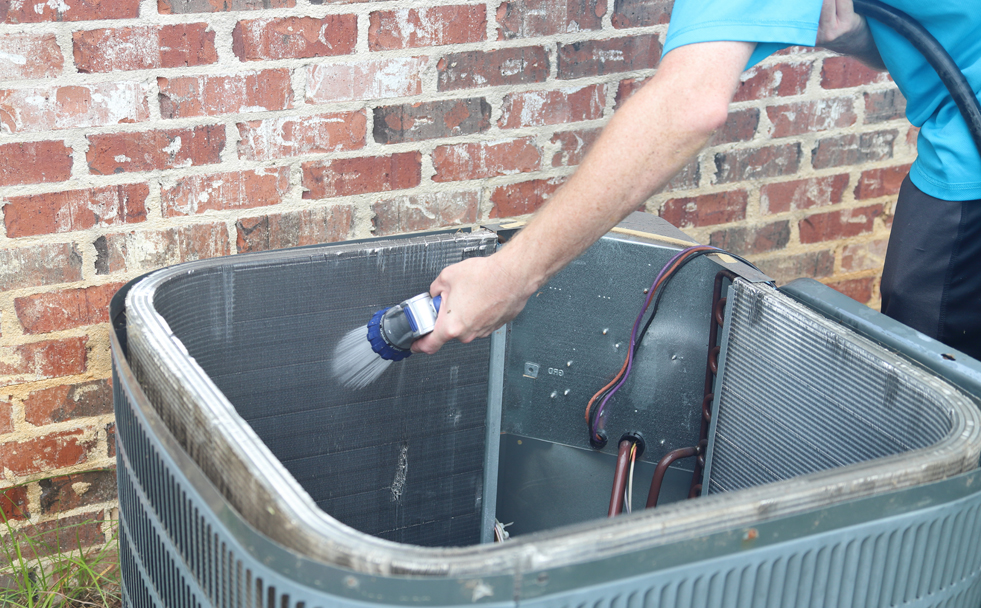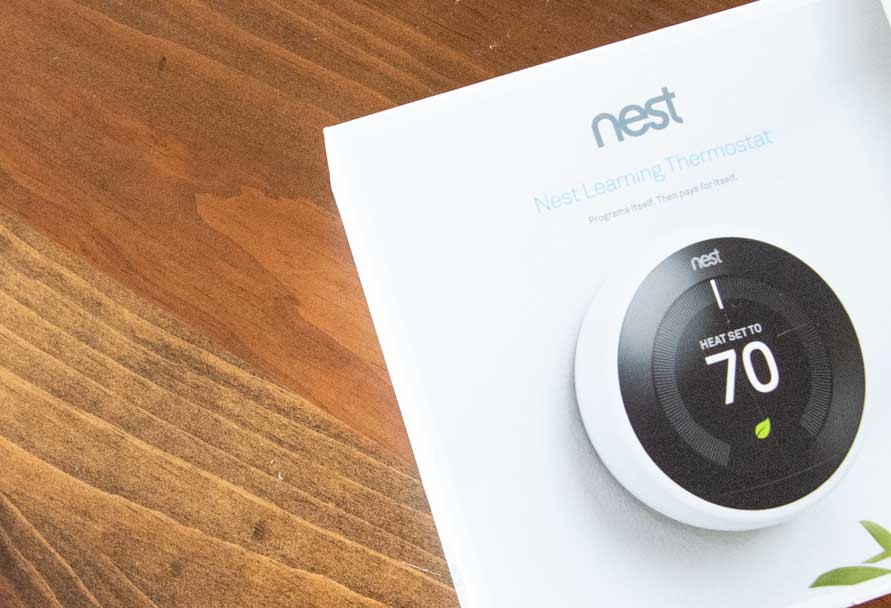
When the temperature outside drops, the temperature inside tends to rise. But that doesn’t mean utility bills need to rise, too.
A programmable thermostat is a simple tool that homeowners can use throughout the winter to help save energy and money in their homes.
Programmable thermostats are designed to adjust the temperature in a home according to a series of pre-programmed settings. Homeowners can use the settings to their advantage during the colder months by lowering the temperature in their homes when they’re away and asleep, and raising the temperature when they’re home.
According to the Department of Energy, “[Homeowners] can save as much as 10 percent a year on heating and cooling by simply turning [their] thermostat back seven to 10 degrees for eight hours a day from its normal setting.”
While homeowners can reap the same energy-saving benefits by manually adjusting the temperature in their homes, programmable thermostats give them the opportunity to “set it and forget it.”
Here are three things homeowners should keep in mind to help them save energy and money when using a programmable thermostat.
Choose the right thermostat
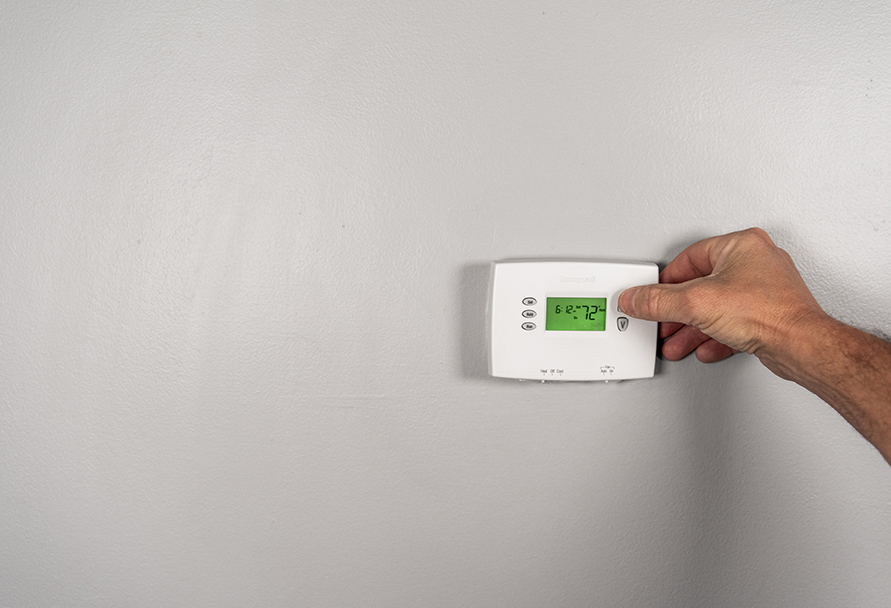
The first step to saving money with a programmable thermostat is choosing the right one. There are a few basic types of programmable thermostats:
- 7-day programming thermostats let the user program a different heating schedule for each day of the week.
- 5-1-1 programming thermostats let the user program one heating schedule for weekdays, plus a different heating schedule both for Saturday and Sunday.
- 5-2 programming thermostats let the user program one heating schedule for weekdays, and a different heating schedule for weekends.
- 1-week programming thermostats let the user program one heating plan for the entire week.
- WiFi programming thermostats let the user program and check temperature settings at any time from an app on their smartphone.
Set a schedule
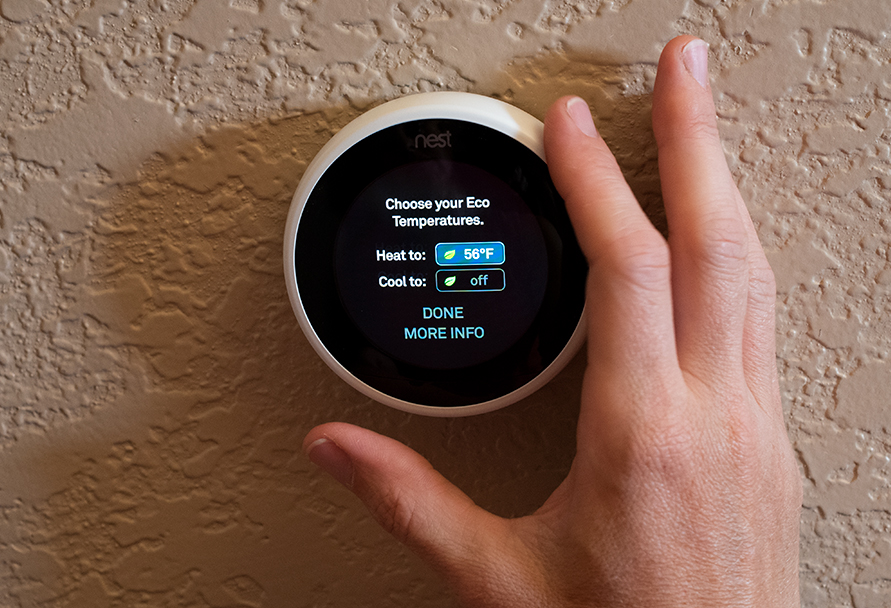
Once a homeowner has found the perfect thermostat for their home, it’s time to set a schedule that fits their life and also saves them energy.
The Department of Energy says, “[Homeowners] can easily save energy in the winter by setting the thermostat to 68°F while [they’re] awake and setting it lower while [they’re] asleep or away from home.”
Here’s a simple schedule that homeowners can follow when programming their thermostat.
When the family is waking up: The temperature in a home should be at its lowest while the family is sleeping. Homeowners should program their thermostat to reach their desired heating temperature by the time their family starts waking up for the day.
When the family is away: When the family is away during the day, the temperature in the home should return to its lower setting. Homeowners should program their thermostat to lower the temperature in their homes by seven to 10 degrees.
When the family returns home: As the family begins returning home for the day, the temperature in the house should rise to its heating setting. Homeowners should program their thermostat to reach their desired heating temperature by the time their family is home for the evening.
When the family is sleeping: When the family tucks into bed for the night, the temperature in the home should return to its lowest setting. Homeowners should program their thermostat to lower the temperature in their homes by seven to 10 degrees.
Save even more money
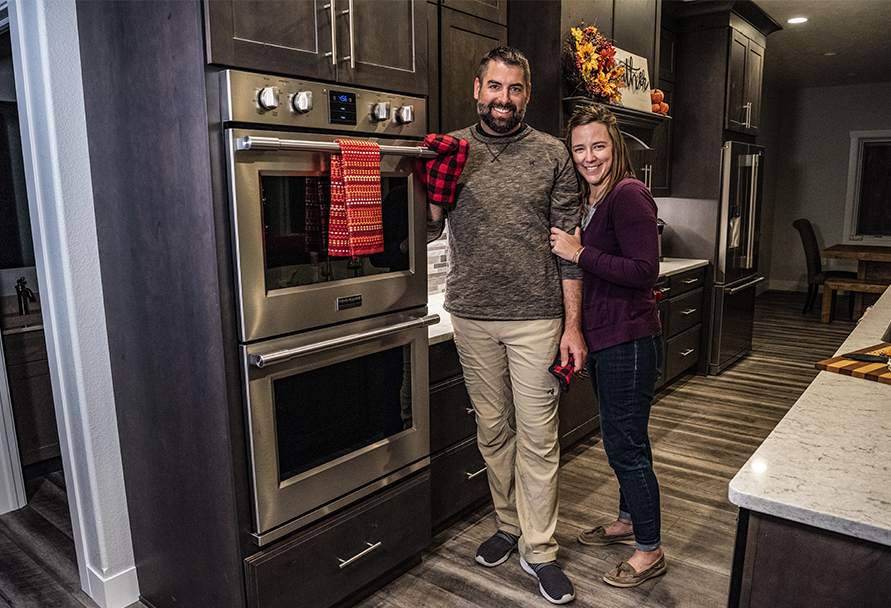
Qualifying Black Hills Energy customers can save money when they purchase a new smart thermostat. Customers can see if they’re eligible for an energy efficiency rebate here.
